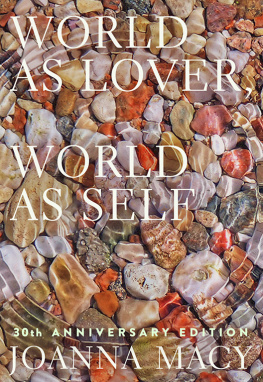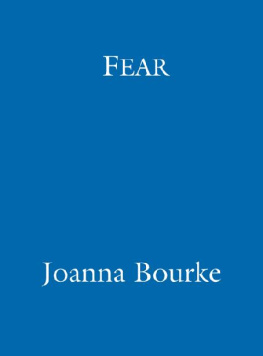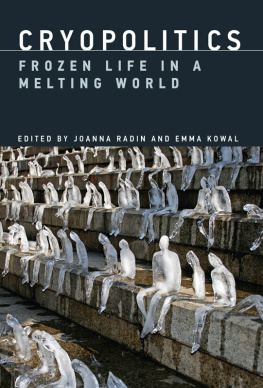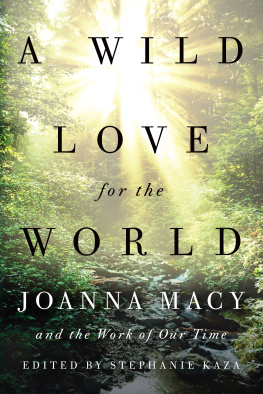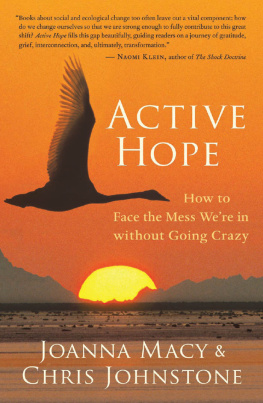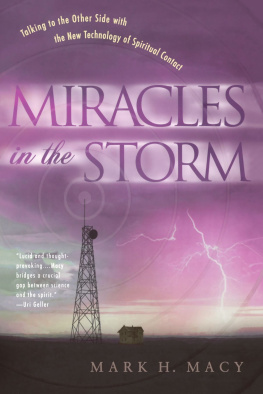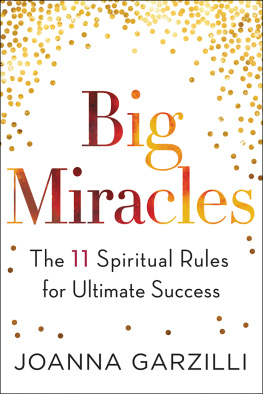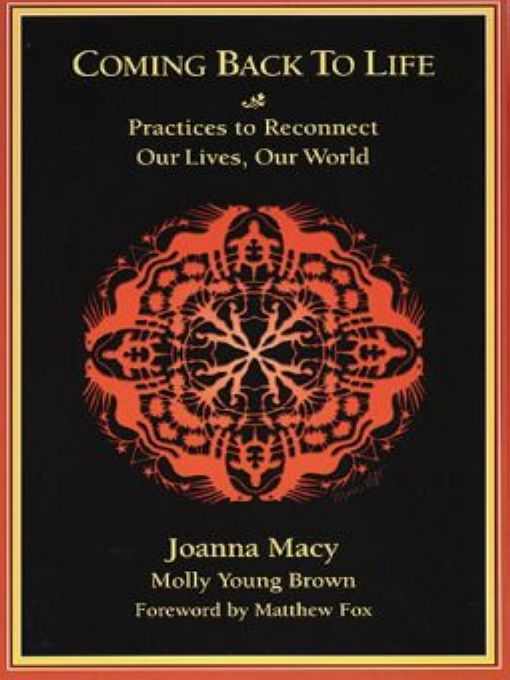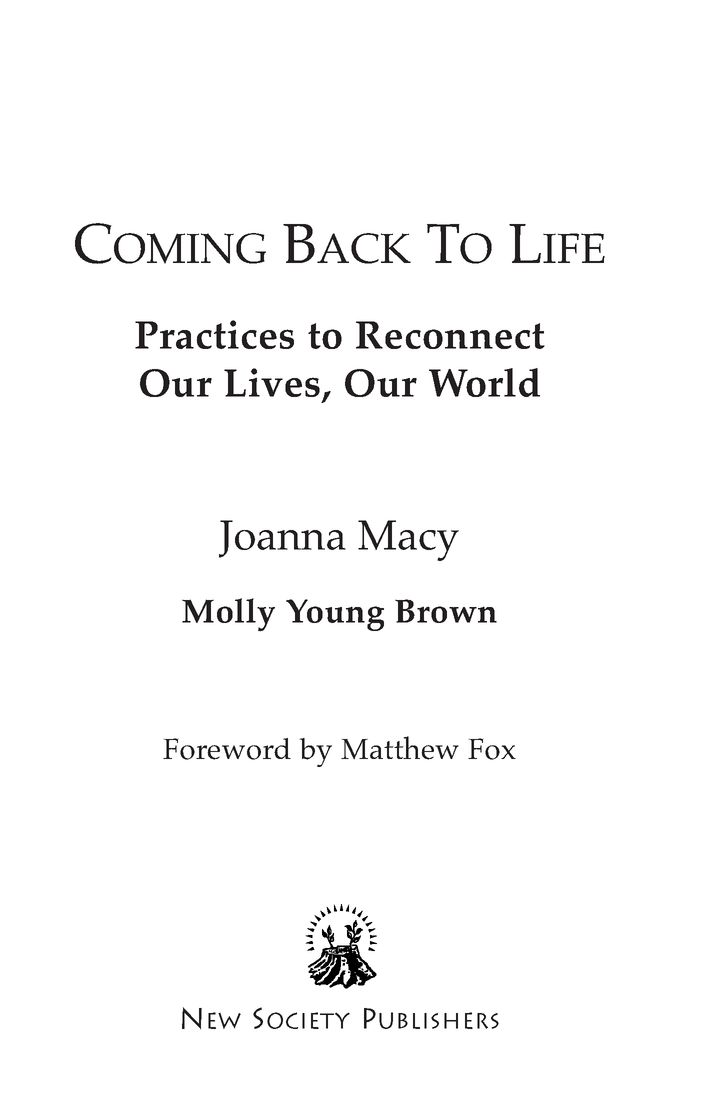Table of Contents
Permissions
The authors thank the following publishers and authors for permission to reprint material copyrighted or controlled by them.
Anita Barrows for Psalm from We Are The Hunger, unpublished manuscript, 1998. Reprinted by permission of the author.
Jane Hirshfield, for the excerpt from her translation of Ghalib. Reprinted by permission of the translator.
Reprinted from The Collected Poetry of Robinson Jeffers Volume I, 1920- 1928, edited by Tim Hunt, with the permission of the publishers, Stanford University Press. 1995 by the Board of Trustees of the Leland Stanford Junior University.
Denise Levertov from Poems 1968-1972. Copyright 1972, by Denise Levertov. Reprinted by permission of New Directions Publishing Corp.
FOREWORD
by Matthew Fox
A TURN OF A MILLENNIUM, a time of planetary destruction but also planetary communication, the loss of legitimacy among our religious institutions, youth alienation, species disappearanceall these realities of our time require a book like this one and deep thinkers and activists like Joanna Macy and her colleague, Molly Young Brown. This is a source book in the true sense of the word. It returns us to our source, our spiritual roots, so that our action will come from nonaction, our action will be from our freedom and not from our acting out.
Joanna Macy represents the best of her generations (and mine) efforts to replace the dualistic, secularist and anti-mystical biases of the modern era with compassion and loving action. Though descending from an impressive line of Calvinist preachers, Macys deepest spiritual gift is her application of Buddhisms principles that acknowledge the deep suffering of the world and resolve to assist a great turning beyond that suffering. Like the mystics of old, she invites us into the despair and darkness and fear that grips all of us, and dispels the notion that denial, numbing, or escape are valid options. She challenges us to analysis as well as action and she gifts us with exercises that will strengthen our minds and hearts for the struggle ahead.
In many ways this book can be called a manual for mystics and prophets as we enter the twenty-first century. It is deep in its ecumenism, drawing not only from rich Buddhist spiritual practices but also from exercises from other traditions and the authors imaginative experience in leading workshops in healing of despair all over the world.
It has been my privilege to be present at several of those workshops, often co-leading with Joanna, and I have always gone away deepened and strengthened by her gifts of spiritual leadership. I recall our work together on an ecojustice workshop in Munich, on bringing the virtues of darkness and awareness of suffering to the Findhorn people in northern Scotland, and our doing Cosmic Christ and Buddha Nature workshops in Santa Barbara, California, and at the University of Creation Spirituality in Oakland, California. All these experiences rise to the surface on reading this book, and blessings of strength and spirit fill my consciousness on recalling them. That is what is so special about Joanna Macys worknot just her passionate commitment (this may be a hint of the healthy zeal she inherited from her Calvinist predecessors) and not just her strong analytical mindbut especially her awareness that learning takes place not only in the head but in the heart and indeed with the benefit of all the chakras. With Macy, her process experiences are just as valuable as her theory. Praxis and theory come together in this book as it does for other liberation theologians the world over.
This book, deriving from over twenty years of inner work and of work in the field, emanating from the wisdom of our ancestors East and West, and coming from the heart, mind and experience of a spiritual visionary and a committed activist for eco- and social justice, is a blessing for our times.
To write a book entitled Coming Back to Life implies that death is around us and has overtaken us. How can there be a return to life without an acknowledgment of death? This seems to be the case, namely that ours has become a culture overwhelmed with deathsome of it real and much of it brought on ourselves by ourselves. When one hears that the Pope grants Rupert Murdoch a papal award as a citizen of conscience, one senses that healthy religion has a long way to go to be born anew and that death has permeated much of religions existence. When one sees the young lost, cigarette corporations targeting thirteen-year-olds to render them addicts, the Nike Corporation growing rich on exploiting women and child labor in Asian factories with substandard working conditions while the Nike logo is displayed on numerous American university athletic jerseys and at the Olympic Games, one becomes more and more aware of the presence of death. Moral death. Spiritual death. Even physical death.
And so, in times like ours, one rejoices to see this book by two persons who have committed their hearts, work, and considerable passion to the theme of resurrection, of ways out of death. How do we go about coming back to life, i.e. spirit, in these troubled days? Macy and Brown offer us both theory and practice on how to do this. This is a spirit book. This is spirit work. It heals and it gives us hope, thereby empowering us on the way to a healing life. Meister Eckhart, the great Dominican mystic and prophet of the Middle Ages who was condemned by the papacy because he supported the peasants, women, and other outcasts, once wrote that a healing life is a good life. A healing book is a good book.
This book is a wisdom book because it operates from the perspective of cosmology and spirituality, which are integral to wisdom traditions the world over. It does not settle for knowledge alone. In addition, because so many of its stories and teachings have come from or been tested by thousands of persons around the world in workshops of healing, that, too, assures the wisdom of the collective. Indeed, the wisdom of the community is strongly felt on these pages. Furthermore, the attention given to future generations not yet born adds to the role of wisdom in leading us to spiritual awareness and actionas does the passion for the more-than-human beings with whom we are called to share community.
This work is a healing work; it comes from a healing person, a priest in her own right, a midwife of grace. It holds the promise to awaken healing in society and its institutions, in religion, and in the hearts and minds of all workers for justice and ecojustice. Joanna Macy is one of those rare voices in our time who is a prophet speaking out on behalf of the poor and those without a voice, the young, the dispossessed, the ecologically threatened. But she does not stop there. She also passes on this prophetic voice to others, she draws it out, she coaxes us not to be afraid and not to be in denial. She encourages us; that is, she builds our courage up to find our prophetic voice and to contribute as teams and as communities to the healing work our times and pain require. We are grateful for her voice and for our own. And we all welcome this book that is sure to unite many voices, hands, and hearts. May it fulfill its promise! May we all fulfill our promise.



